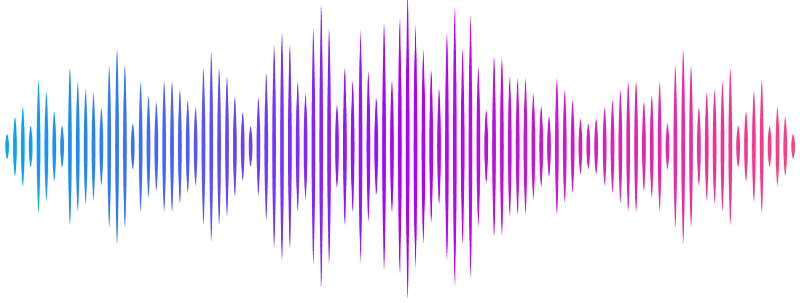Externally irradiated young stars in NGC 3603. A JWST NIRSpec catalogue of pre-main-sequence stars in a massive star formation region

Externally irradiated young stars in NGC 3603. A JWST NIRSpec catalogue of pre-main-sequence stars in a massive star formation region
Ciarán Rogers, Guido de Marchi, Bernhard Brandl
AbstractNGC 3603 is the optically brightest massive star forming region (SFR) in the Milky Way, representing a small scale starburst region. Studying young stars in regions like this allows us to assess how star and planet formation proceeds in a dense clustered environment with high levels of UV radiation. JWST provides the sensitivity, unbroken wavelength coverage, and spatial resolution required to study individual pre-main-sequence (PMS) stars in distant massive SFRs in detail for the first time. Using the Micro-Shutter Assembly (MSA) onboard the Near InfraRed Spectrograph (NIRSpec), multi-object spectroscopy was performed, yielding 100 stellar spectra. We fit the PMS spectra to derive their photospheric properties, extinction, and NIR veiling. From this, we determined the masses and ages of our sources by placing them on the Hertzsprung-Russel diagram (HRD). Their accretion rates were determined by converting the luminosity of hydrogen emission lines to an accretion luminosity. We have classified 42 as actively accreting. Our sources span a range of masses from 0.5 to 7 $M_{\odot}$. Twelve of these accreting sources have ages consistent with $\ge$ 10 Myrs, with four having ages of $\ge$ 15 Myrs. Their mass accretion rates span 5 orders of magnitude and are systematically higher for a given stellar mass than for a comparative sample taken from low-mass SFRs. We report an environmental relationship between $\dot{M}_{acc}$ and the density of ambient molecular gas as traced by nebular $H_2$ emission.